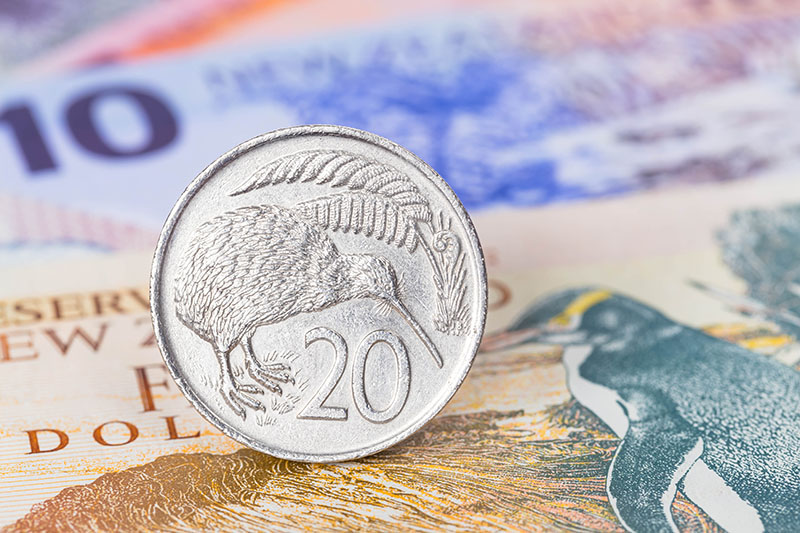
The first-quarter CPI figures in New Zealand indicated a year-over-year decline from 4.7% to 4.0%, aligning with market expectations. However, the non-tradeable inflation, which the Reserve Bank of New Zealand (RBNZ) closely watches, only slightly decreased from 5.9% to 5.8% year-over-year, contrary to consensus expectations of a more significant drop.
The slow deceleration in non-tradeable inflation reflects persistent pressures, possibly tied to the recent surge in net immigration, which has been a point of debate regarding its overall effect on inflation. The RBNZ has not made a definitive statement on whether the population increase is net-inflationary, given that it also helps to alleviate labor supply constraints.
The latest data supports the RBNZ’s hawkish stance taken at their April meeting. Market expectations are now leaning towards a 35 basis point cut in interest rates by the end of the year, which ING considers a reasonable forecast. ING’s own projection suggests a more aggressive 50 basis point easing in New Zealand this year, starting from October.
However, they also acknowledge the possibility of the RBNZ opting for a more conservative 25 basis point reduction, or potentially no cut at all, due to persistent inflation and a static Federal Reserve.
Despite the CPI release, the NZD did not experience an uptick, even as 2-year NZD rates sold off by 7 basis points. According to ING, the predominant role of risk sentiment in NZD trading currently overshadows domestic economic indicators.
Amid the discussions on the New Zealand Dollar’s potential trajectory and the Reserve Bank of New Zealand’s (RBNZ) monetary policy, it’s essential to consider the financial health and performance metrics of key market players. Here are some insights from InvestingPro that could provide a broader context to the economic indicators affecting currency movements.
One such company, which we’ll refer to as Company DX to maintain confidentiality, shows a mixed financial landscape. The company’s market capitalization is currently at 677.63 million USD, reflecting its value as perceived by the stock market. However, the P/E ratio, both current and adjusted for the last twelve months as of Q4 2023, stands at -45.48 and -49.02 respectively, indicating that investors have been paying more for the company’s earnings than might be justified by its net income.
Despite the negative P/E ratios, Company DX’s PEG ratio for the same period is 0.45, suggesting that the company’s earnings could grow at a rate that might make it a more attractive investment in the long term. Additionally, the Price / Book ratio is at 0.89, which could imply that the stock is potentially undervalued relative to its assets.
When it comes to revenue, Company DX experienced a significant decline, with a -84.89% change in the last twelve months as of Q4 2023, and a quarterly revenue growth of -35.86% for Q4 2023. This sharp decline is a critical metric for investors, as it could signal underlying challenges within the company or the sector it operates in.
InvestingPro Tips suggest closely monitoring the company’s next earnings date on April 22, 2024, as it could provide further insight into its financial health and future prospects. Another tip is to consider the company’s dividend yield, which as of the latest data, stands at an attractive 12.87%. This high yield could be a sign of confidence from the company in its ability to generate cash flows, or a red flag if it’s unsustainable.
For readers interested in a deeper analysis and more InvestingPro Tips, there are additional insights available on InvestingPro. Use coupon code PRONEWS24 to get an additional 10% off a yearly or biyearly Pro and Pro+ subscription, and unlock a comprehensive list of tips that can help you make more informed decisions.
This article was generated with the support of AI and reviewed by an editor. For more information see our T&C.
To read the full article, Click Here
